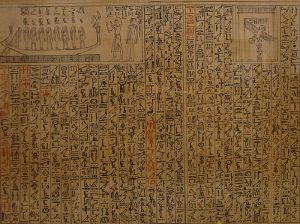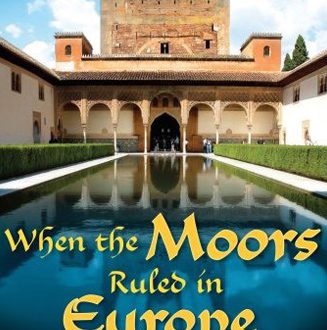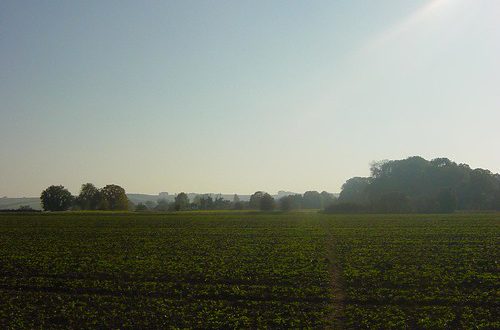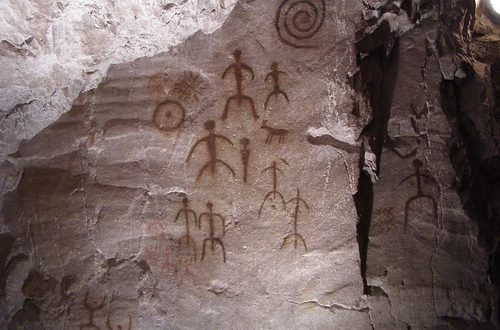I think my mind’s had just enough time to recover from this year’s two day-long Egyptological Colloquium. No less than 18 top experts lent their latest opinions and discoveries to the audience at the British Museum; more than enough for me to cope with. Though I’d like to think of myself as an avid fan of the ancient world, I could never for a second hope to pass myself off as a resident Book of the Dead buff – so there was plenty of new material for my mediocre mind to cope with. So, a good sleep and some brainless telly watching later, I’ve compiled a brief list of the ten most intriguing Book of the Dead facts and theories – for me – that really brought the complexity and importance of the beautiful text to life.

1. We have no idea about the concept of a Book of the Dead ‘workshop’. Although many of the speakers use, for argument’s sake, the word ‘workshop’ to describe the varying local techniques applied to the scribing and creation of Books of the Dead, it is still unknown exactly how they were made in bulk.
2. Mummies were buried with ‘magic bricks’. Made semi-famous from the ones found in KV62, (King Tut’s tomb), these unbaked clay bricks were inscribed with a spell and decorated with various amulets, like Anubis as a seated dog and a djed-pillar. They were placed in cavities on each of the four walls of the funerary chamber, to protect the deceased on their journey to the afterlife.
3. The Book of the Dead can be compared to the Christian canon. Professor John Gee‘s emotive statement did little to stir a tired audience, but he argued compellingly that the Book of the Dead can in fact be seen as canon. This was argued through six main criteria: number of manuscripts; standardisation; quotation; commentary; archaeological placement; and that it was divinely inspired.
4. Demons can, unlike the name suggests, be good or bad in the Book of the Dead. You wouldn’t have thought demons, by their very nature, could do any good. Yet Rita Lucarelli showed they could be good or bad in the Book of the Dead, according to their denoted task. They could also be wanderers; free to move from the world to the netherworld, or guardians; bound to watch over the gates to the netherworld.
5. The sheer volume of animalia used. This may single me out as a bit of a no-brainer, but I was never aware of the vast scope used by the Egyptians. Okay; we all know about dogs’ heads, crocs and ibises. But what about the god with a falcon’s head? Mice? Hippos? I particularly love the menace of a god with a giant rabbit’s bonce.
6. Shafts of light projected the sun onto the body. In lieu of sun disk imagery, many tombs employed the use of light shafts, reaching all the way to the surface, so that the sun could shine upon the mummified body of the deceased. This was often accompanied by an image of a mummified Osiris.
7. Egyptians had five basic needs in the afterlife. According to Burkhard Backes, Egyptians needed to: arrive safely in the netherworld (Backes describes it as the ‘West’); be justified in the judgement of the dead; to participate in the daily cycle of the Sun God; to have enough food; and to repel demons (though this is debated).
8. That such different traditions mark out so evidently the Books of the Dead of Memphis and Thebes. The two main ‘schools’ of scholarship on the Book appear to be the two ancient capitals, and a number of talks showed the vast contrasts in their composition, production and even the text itself.
9. The Book of the Dead’s text evolved with time, at the scribes’ behest. Unlike the Bible, the Book of the Dead’s scribes frequently evolved the text with embellishments, simplifications and even sentences included to add more gravitas or tension. This was especially true during the Late Period, according to Dr. Malcolm Mosher.
10. Whole mines were excavated for the production of pigments used to make the Book of the Dead. There was a mine in Anatolia (modern-day Turkey) called Sandawak, run by slaves, purely for the production of ochres and pigments used to turn the Book of the Dead technicolour. Workers frequently died due to the poor air, according to the Greek historian Strabo.
So there you have it: ten facts and theories I didn’t know about, or knew very little of, before the conference. It’s always refreshing to hear experts speak about a subject they clearly adore. But when that subject is the ornate brilliance of the Book of the Dead, you can find yourself hanging on every word. You don’t even have to travel thousands of miles to get to the scholars involved, either: Heritage Key’s coverage of the event continues with a series of interviews, blogs and articles all about this year’s Egyptological Colloquium.



